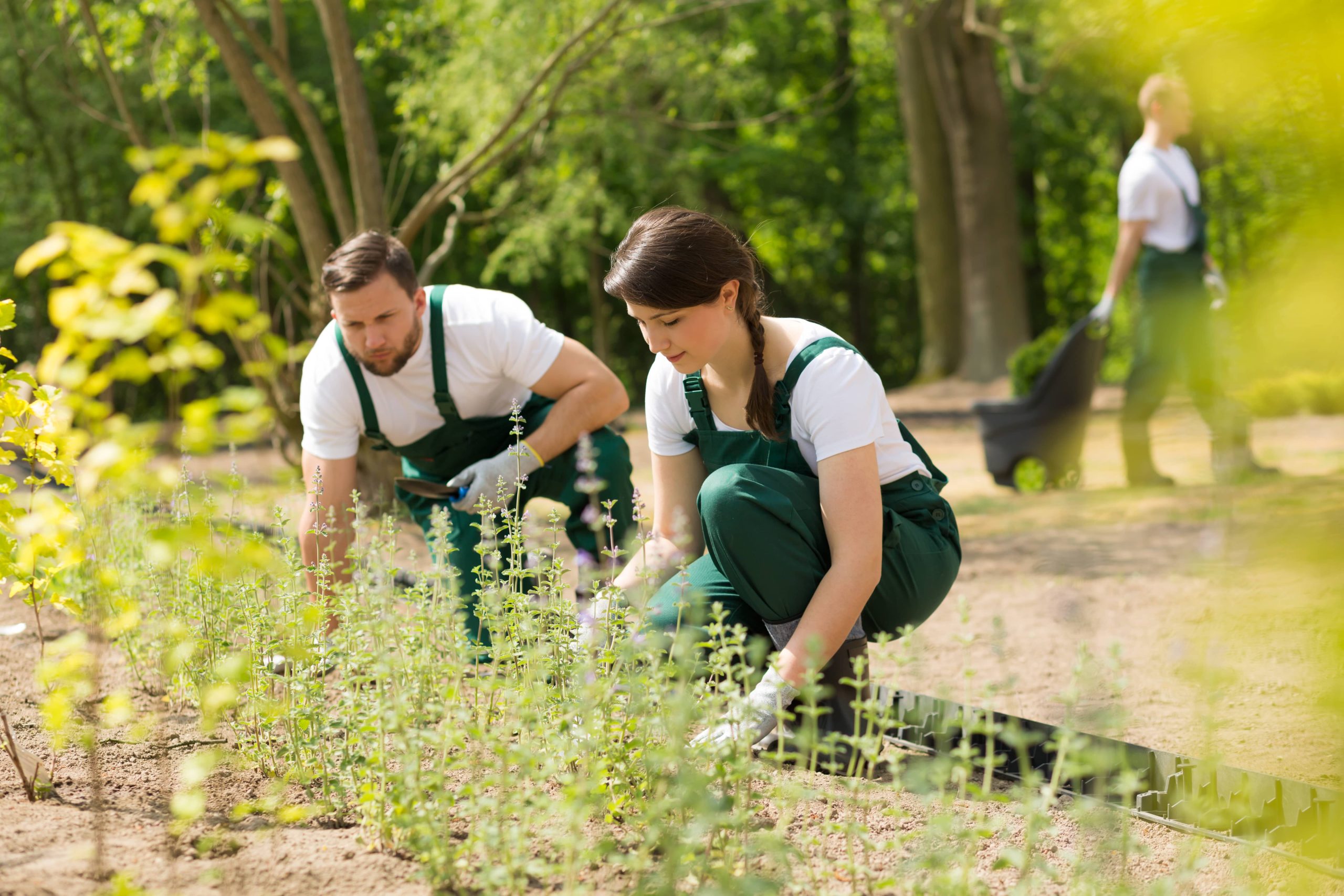
Creating a garden that not only flourishes but does so efficiently is a rewarding challenge for both new and experienced gardeners. An efficiently planned garden layout takes into account the space available, the variety of plants you wish to grow, and the overall goal you have for your garden—be it aesthetic appeal, bountiful harvest, or a combination of both. Here’s how you can plan an effective garden layout to maximize every inch of your outdoor space.
Understanding Your Space
The first step in planning a garden layout is understanding the space you have. Whether your gardening area is a vast backyard or a modest balcony, take the time to measure the dimensions accurately. Knowing the exact measurements helps with planning and ensures that every plant has enough space to thrive.
Next, assess the natural elements of your garden space. Identify the direction of the sun, wind patterns, and any shaded areas. This information is crucial in deciding where to place sun-loving plants versus those that prefer shade. A note of any existing structures such as trees, fences, or walls should also be made since they can affect the light and wind exposure of certain parts of your garden.
Setting Goals for Your Garden
Before placing a single plant in the ground, set your goals. Are you aiming to grow vegetables and fruits, or are you focusing on ornamental plants and landscaping? Perhaps your goal is a mix of both. Understanding your priorities will guide your plant choices and layout. For instance, if productivity is your goal, you might prioritize planting vegetables and herbs in a way that maximizes space and sunlight exposure.
Garden Design Principles
When designing a garden, consider applying some basic design principles:
1. Zones and Sections: Dividing your garden into zones can make management easier. Consider dedicating specific zones for herbs, vegetables, and flowers. Grouping plants with similar water needs together can also conserve water and reduce maintenance.
2. Layering and Heights: Use plant heights to your advantage. Place taller plants at the back of your garden beds or along the north side to avoid shading shorter plants. This principle also applies to ornamental gardens where layering various heights can add depth and visual interest.
3. Pathways and Accessibility: Don’t forget about accessibility; pathways are key. Ensure that you can easily reach all parts of your garden for watering, harvesting, or maintenance. Pathways can be made from mulch, stone, or grass, depending on your aesthetic preferences.
4. Companion Planting: Utilize companion planting strategies where certain plants are grouped together to boost growth, repel pests, or improve flavor. Tomatoes and basil, for example, are excellent companions.
Choosing the Right Plants
The backbone of your garden efficiency is the plants you select. Choose plants that are suitable for your climate, soil type, and sun exposure. Also, consider the growth habits and mature size of plants to prevent overcrowding as they develop.
Rotate your crops annually if you are growing vegetables to prevent soil depletion and reduce pest and disease buildup. Use succession planting techniques to maximize your yields, where you sow seeds in intervals so that you have a continuous harvest throughout the growing season.
Incorporating Efficient Gardening Techniques
Several gardening techniques can increase your garden’s efficiency:
– Square Foot Gardening: This technique involves planting in a grid to maximize space and minimize weeds. Each square foot is allocated a specific number of seeds or plants based on their size, ensuring efficient use of space.
– Vertical Gardening: Ideal for small spaces, vertical gardening uses vertical space to grow plants upwards. This can be achieved with trellises, hanging pots, or tiered planters.
– Mulching: Apply mulch around plants to conserve moisture, suppress weeds, and enhance soil fertility. Organic mulches such as straw, wood chips, or leaves break down over time and improve soil quality.
– Irrigation: Consider incorporating a drip irrigation system to deliver water directly to the plant roots. This reduces water waste and ensures plants receive consistent moisture levels.
Sustainability Practices
For a garden that’s efficient and kind to the environment, integrate sustainability practices:
– Composting: Create a compost pile for organic waste. Compost improves soil health, reduces the need for chemical fertilizers, and supports healthy plant growth.
– Rainwater Collection: Set up rain barrels to collect water for irrigation. This not only lowers your water bill but also reduces the strain on local water supplies.
– Native Plants: Incorporating native species supports local ecosystems and reduces the need for extensive care, such as watering and pest control, because they have already adapted to your local climate.
Continuous Monitoring and Adjustment
A truly efficient garden evolves. Regularly monitor plant health, soil quality, and yield. Be ready to adjust plant placement and garden practices based on seasonal changes and unexpected challenges like pest invasions or droughts. Keeping a garden journal helps track which layouts and plants perform best over time.
In conclusion, planning a garden layout for maximum efficiency requires thoughtful consideration of your space, goals, and resources. By applying smart design principles, embracing efficient techniques, and focusing on sustainability, you can cultivate a garden that is both beautiful and bountiful. Happy gardening!













